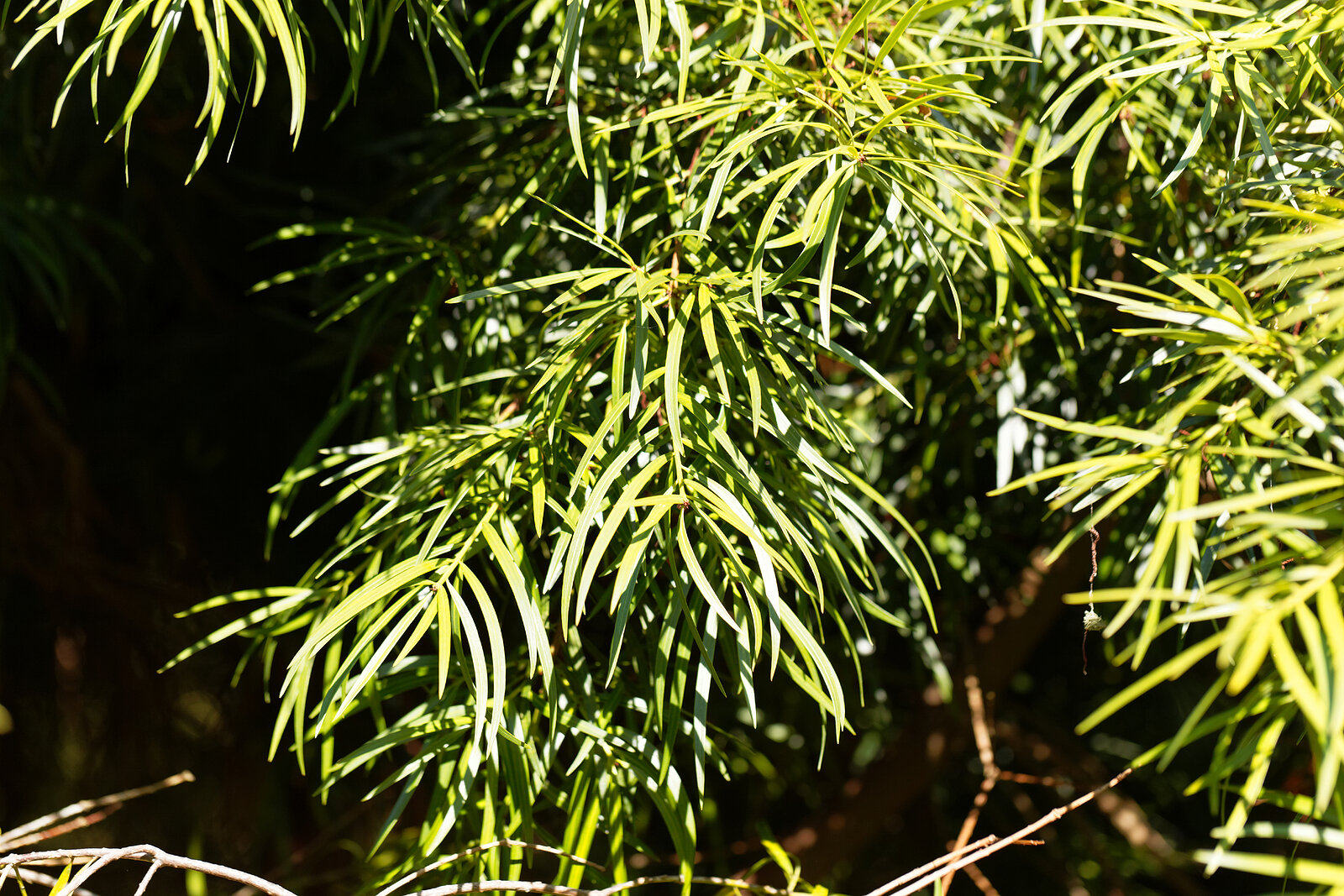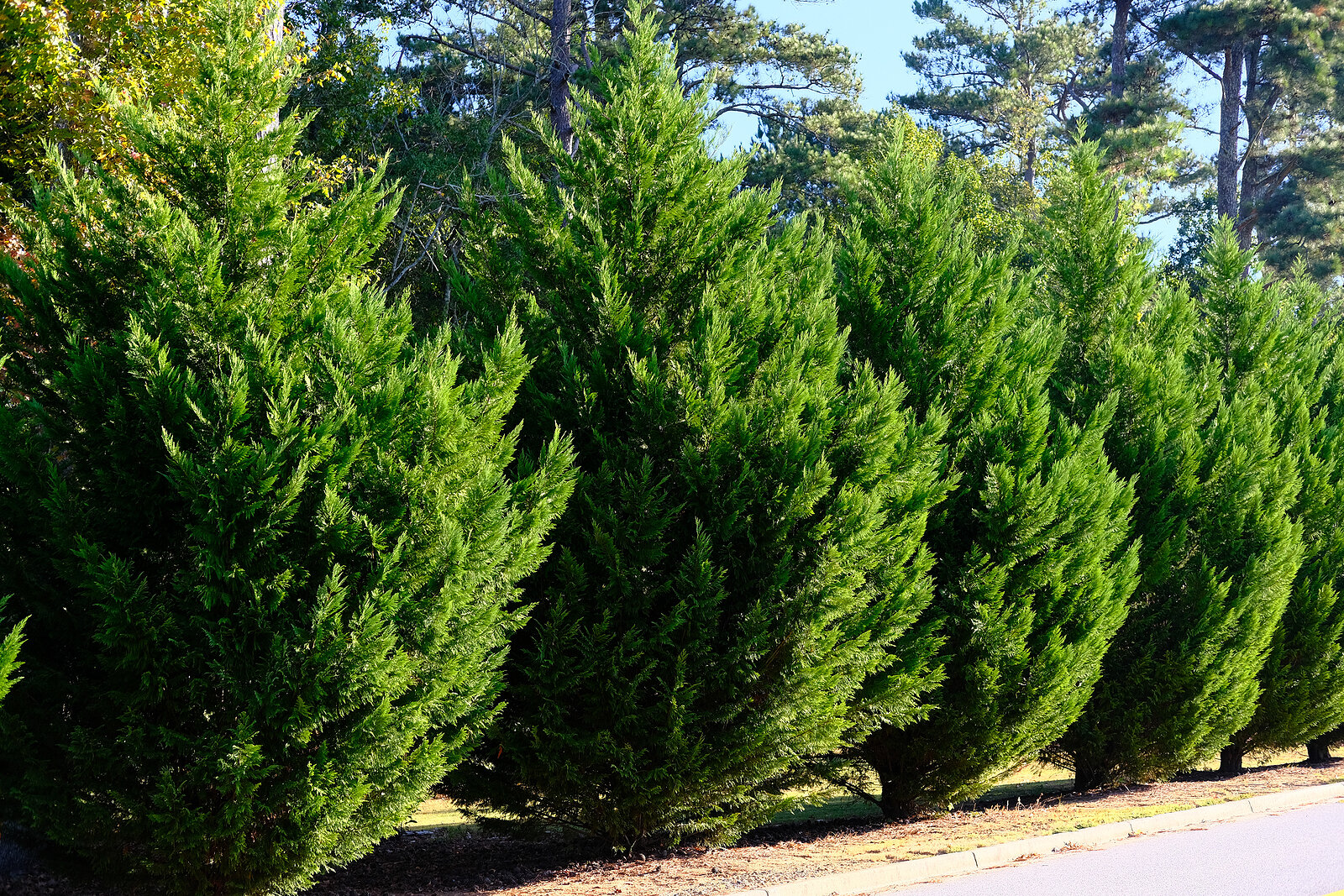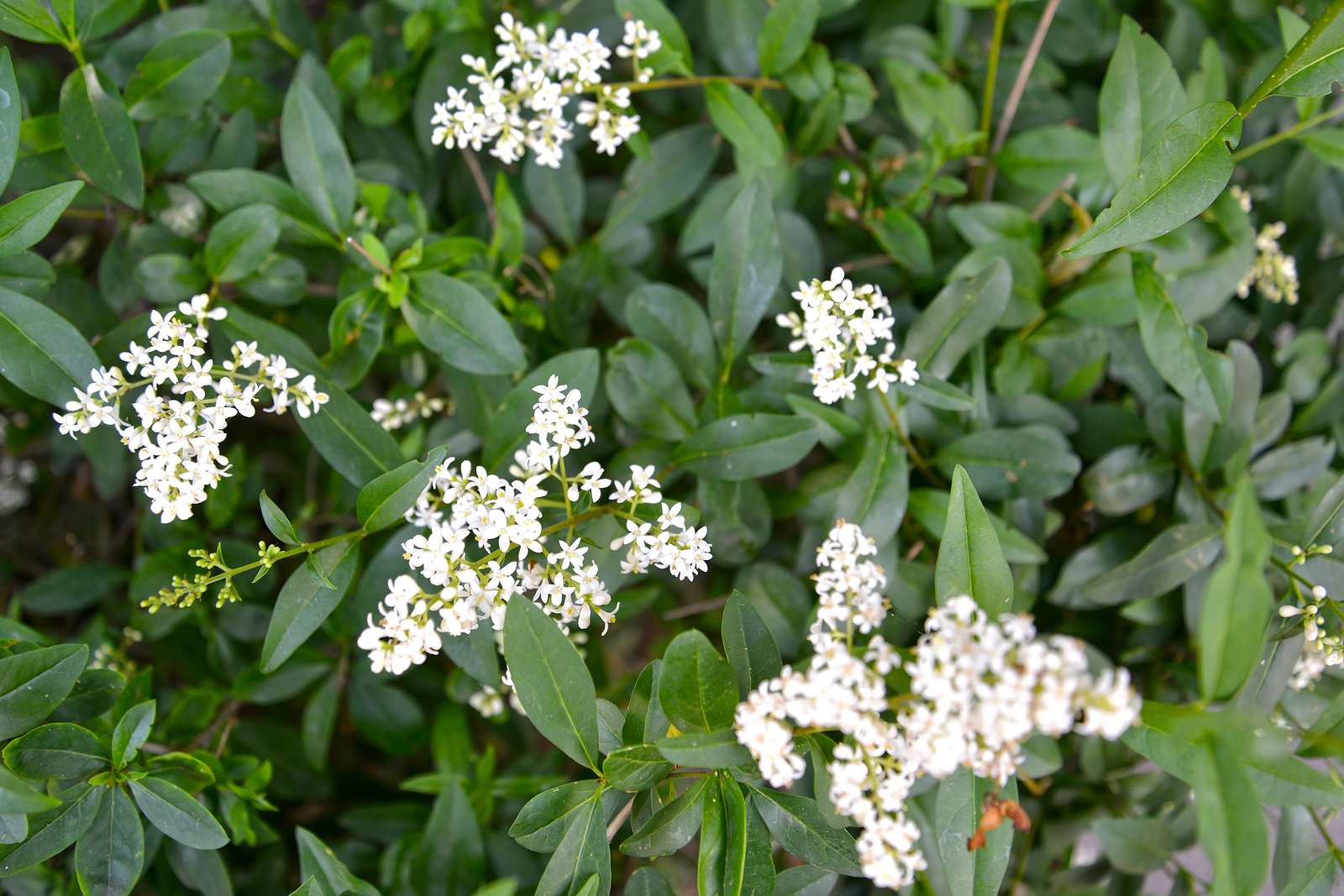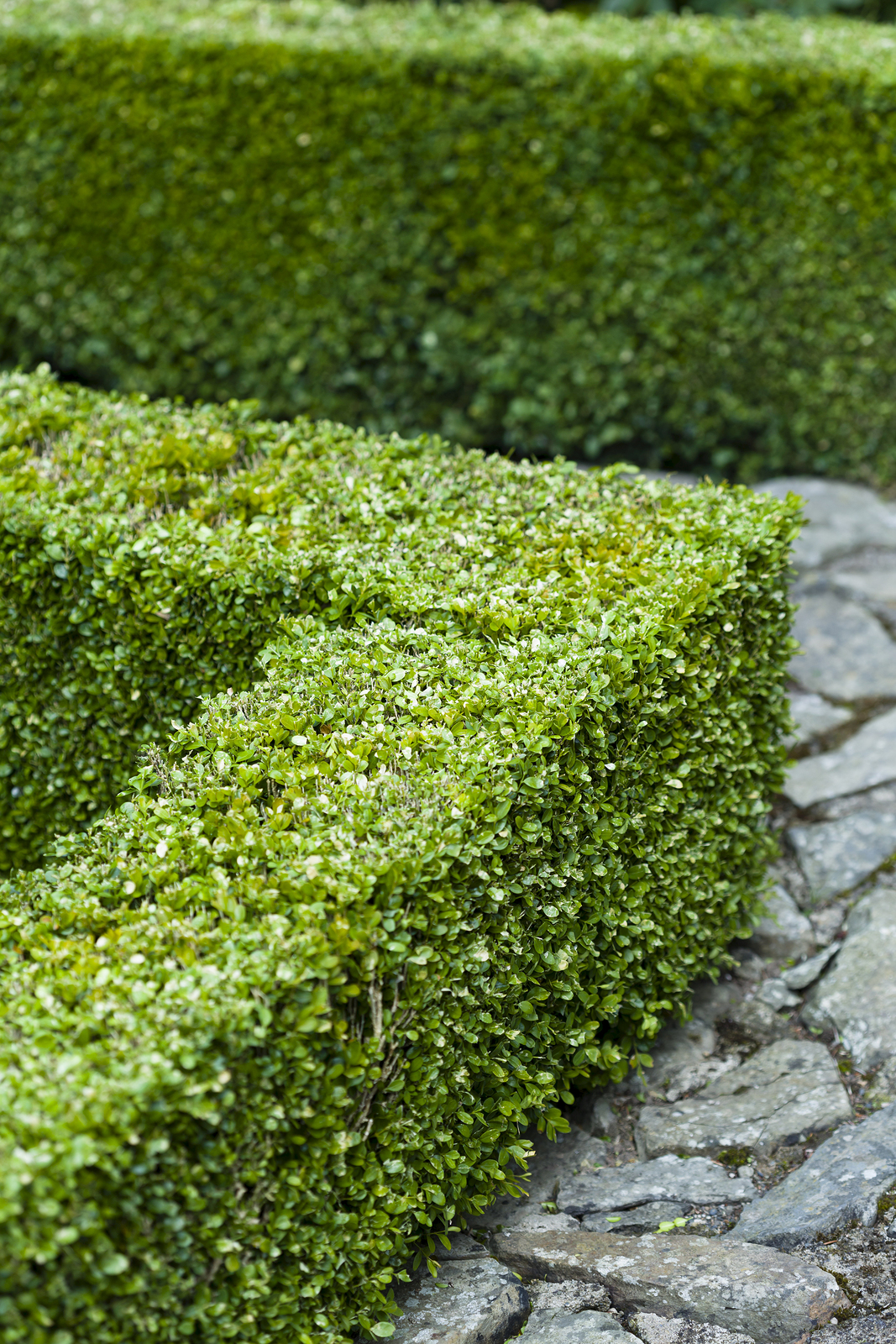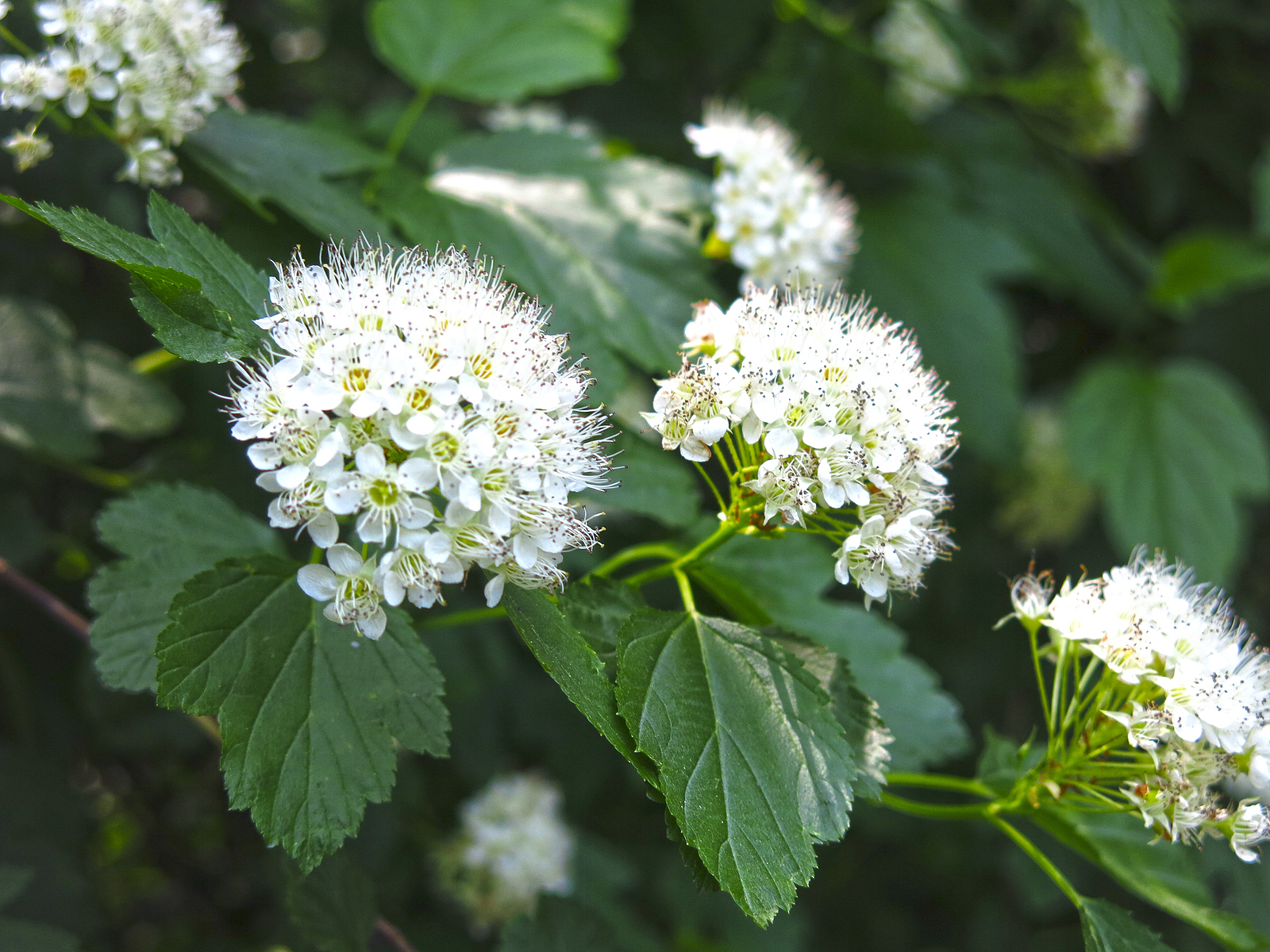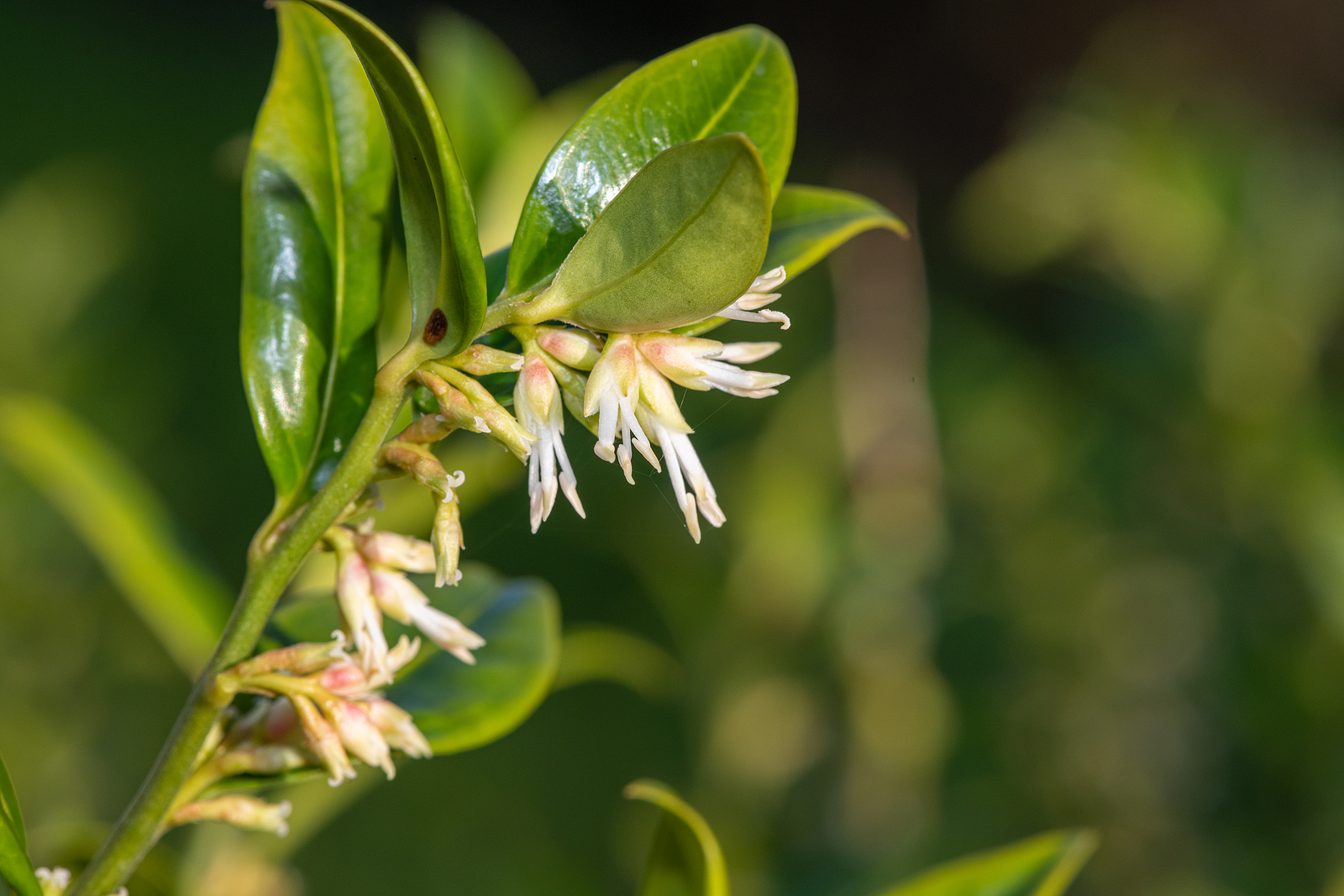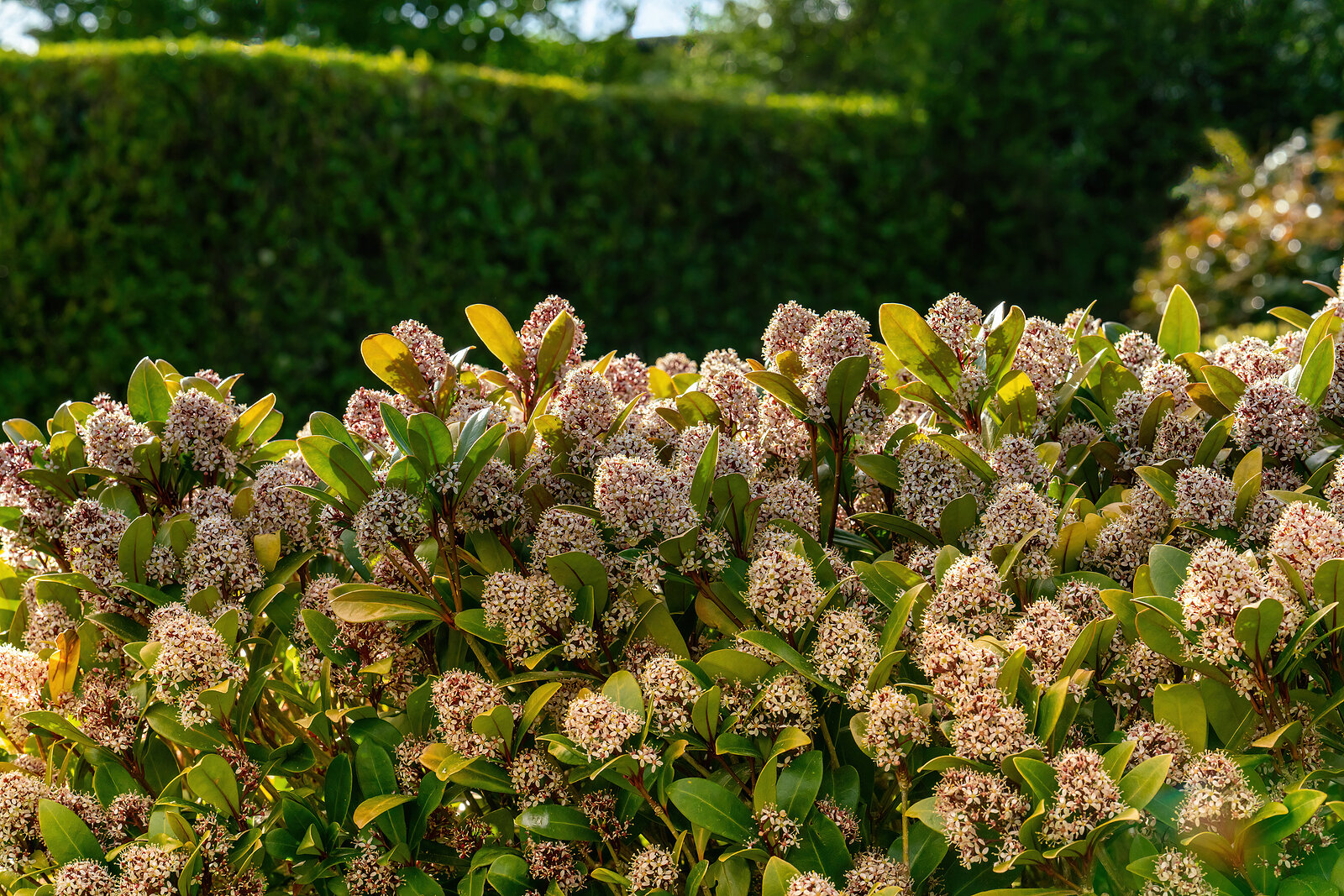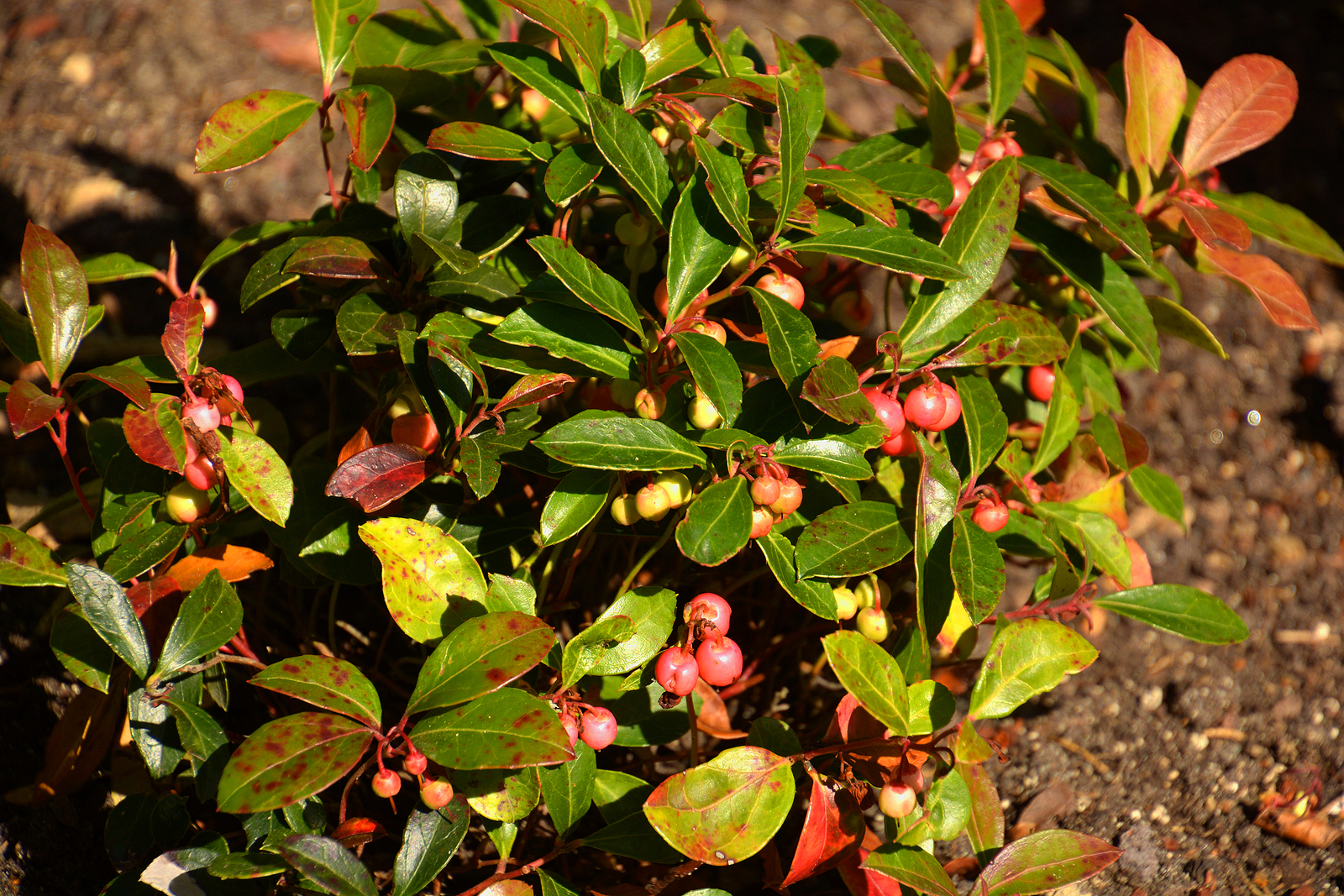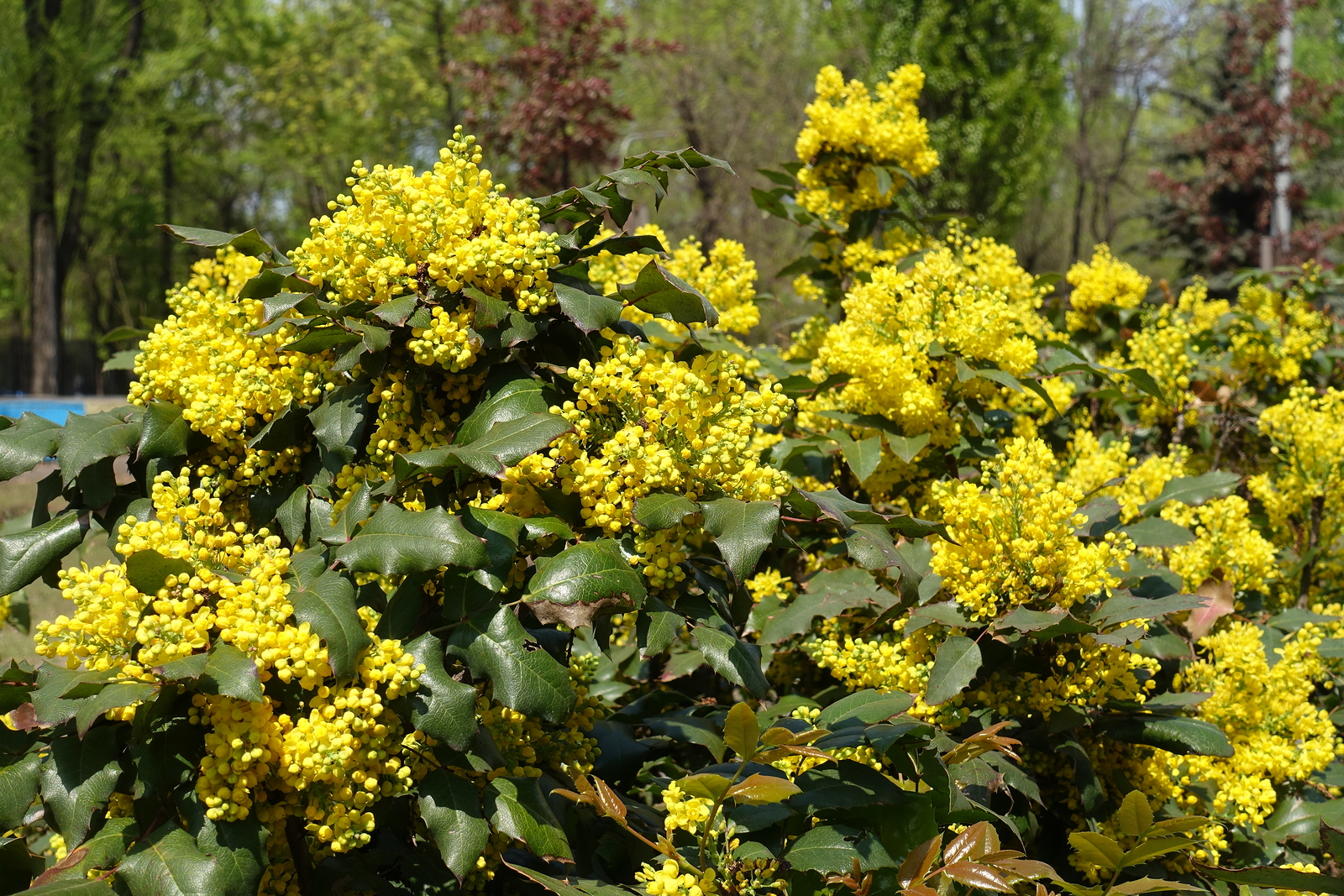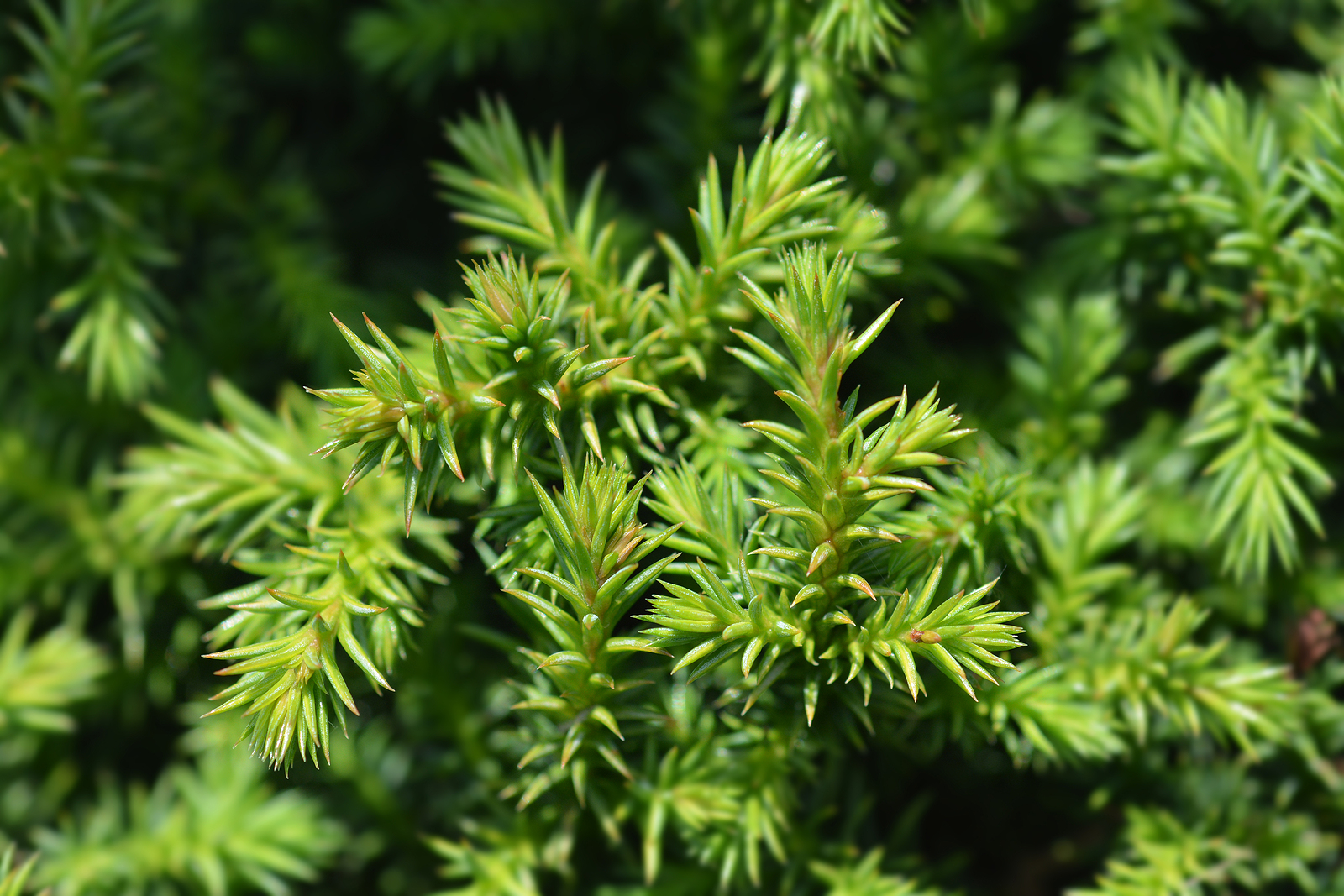How to Grow Southern Yew – Podocarpus
Podocarpus — sometimes called Southern Yew–is an evergreen coniferous shrub or tree. It can be grown as a dense hedge or screen or planted as a specimen tree in large gardens. Podocarpus bears deep green needle-like leaves arranged spirally around the stems. Podocarpus can be pruned to a columnar shape and kept to hedge height or it […] More

